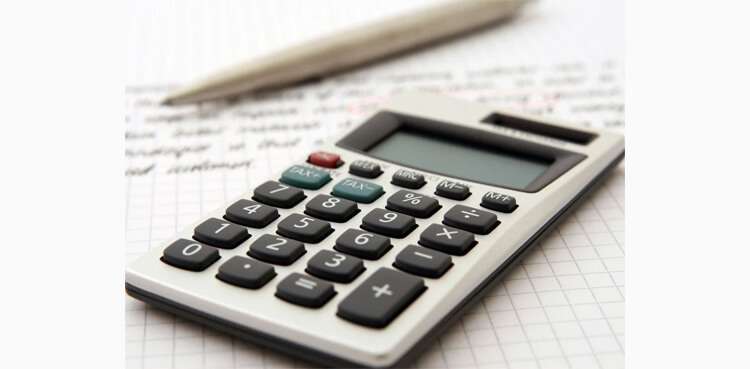Knowing how to calculate percentages can be a valuable skill to have in life and at work. Whether you’re trying to find out a grade, split a bill, or figure out taxes, having an understanding of percentages is essential. In this blog post, we’ll cover the basics of percentages and provide some examples so you can get comfortable with them.
To begin with, let’s discuss what percentage means. At its core, the percentage is a fraction expressed as part of 100. So if you have 10 out of 25 people who voted yes on a poll, then the percentage would be 40% (10 divided by 25 equals 0.4, which is 40%). Understanding this definition can help when you need to discover what number makes up the whole thing when given a certain percentage.
Now that we know what percentage is, let’s look at the formula for calculating it: (Part/Whole) x 100 = Percentage%. So if you wanted to find the percentage of 30 out of 50 people voting yes on your poll, it would look like this: (30/50) x 100 = 60%. It is important to remember this formula whenever you need to figure out a percentage!
You can also use percentages to calculate changes in measurements. For example, if something increased from 3 inches to 4 inches then you can use this formula: [(Change in measurement)/Original Measurement] x 100 = % Change. This trick comes in handy when comparing prices or measuring growth over time. If an item cost $5 originally and then went up to $6 afterward then [(6-5)/5] x 100 = 20%. Pretty simple right?
Learning how to calculate percentages doesn’t have to be complicated! Remember the formula and practice using it with different scenarios and soon enough you’ll be ready for any mathematical task that comes your way!
